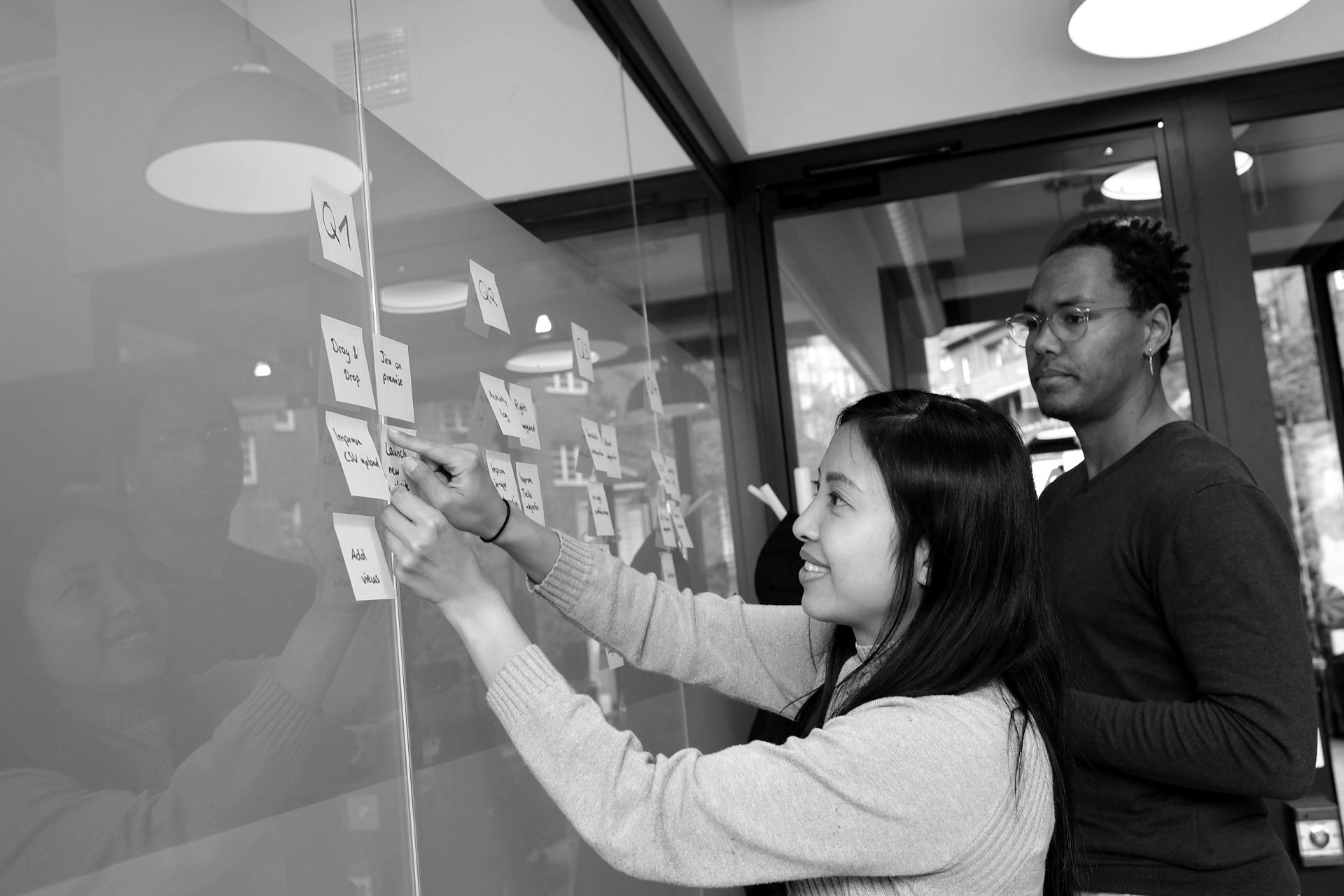Often, projects run over their proposed deadline or even go over budget. This is often attributed to a lack of appropriate project planning and management. However another main culprit that’s overlooked is that software testing is often done too late in the project’s development life cycle.
The effect of this can be a project struggling to meet its deadline because issues were found that needed to be fixed before the project could go live. So why is it essential to ensure that software testing gets done in time and that there is enough time and resources allocated to it? Simple – because the world doesn’t need more poor-quality software.
One way to solve this issue is to implement Shift-Left Testing. But before we delve deeper into that, let’s first look at the causes and consequences of poor-quality software.
What are the main causes that lead to poor software quality?
Here are some of the main causes of poor software quality:
- Lack of communication
- Lack of collaboration
- Not considering real user scenarios when testing
- Time pressure
- Budget pressure
- Testing too late
When teams who need to collaborate on a project, don’t, then that can cause significant delays in the project timelines, which can cause testing to be rushed. Defects usually creep in when testing is rushed.
Development teams that don’t communicate with each other, or even worse, don’t communicate with the client, can also have a dire impact on the quality of the product/software. In this case, the misalignment between client expectations and what is being developed can cause massive delays in project completion. The sad reality is that when there is a time crunch on a project, the needed time gets taken away from testing. The same goes for when there is time pressure or budget constraints. Testing usually takes the hardest knock because it’s seen as the last, and sometimes the least important, part of the software development life cycle.
Consequences of poor quality software
Poor quality software can result in a loss of customers, damage to your company’s reputation, and a drop in revenue. The top priority is that any software should meet the end users’ needs, work as expected and give the user a great experience. It’s therefore crucial to develop and maintain high-quality software. This, of course, requires the technical expertise of each individual in the team and effective team collaboration. It’s also important to note that poor software quality doesn’t only impact the end user or company’s gross profits, it also affects the team who worked on the software. Many companies try to instil a sense of ownership into their employees, to make them feel like the work they are doing and the products they are developing carries weight and is important because it is. But it can be very demotivating if the software you build has bugs or defects all the time. And unmotivated employees are a company’s worst nightmare. You can read more about this in one of my previous blogs, Unpacking the Significance of Company Culture in the Modern Workplace . So this is where “Shift-Left” Testing comes into play.
So what is Shift-Left Testing?
Shift-Left Testing is a software testing approach that involves moving testing activities and processes earlier in the software development lifecycle (SDLC). The term “shift-left” indicates that testing, which usually occurs later or even at the end of the development process, is now moved to the left on the project timeline, more to the beginning of the project, closer to the requirements phase. This means that testing can get a head start on a project instead of being left till the end. The primary goal of Shift-Left Testing is to identify and address defects and issues as early as possible in the development process, ultimately improving software quality.
Another big benefit of Shift-Left Testing is that because testing and defect finding happen earlier in the project and development process, there is a reduction in the cost of fixing defects.
Key principles and components of Shift-Left Testing include:
Early Testing: Instead of waiting until the development phase is complete, testing activities begin in the requirements and design phases before the actual development. This enables early identification of possible issues, ambiguities, and inconsistencies in the project’s initial documentation. This will also shorten the onboarding process and time for QA because they have been part of the project and have all the information and context they need to test the software/product.
Collaboration: Shift-Left Testing encourages close collaboration between POs, designers, UX researchers, development, testing, and other project stakeholders. Testers work together with the rest of the feature team to ensure that requirements are testable and well-defined.
Test-Driven Development (TDD): TDD is a methodology closely aligned with Shift-Left Testing. In TDD, developers write tests to test the functionality they are about to implement before writing the actual code. This approach helps ensure that the code created meets the feature and stakeholder requirements and is testable from the start.
Continuous Integration and Continuous Testing: Automation is often a central element of Shift-Left Testing. Continuous integration and testing practices are implemented to run tests automatically whenever new code is integrated into the project. This immediate feedback helps catch defects early.
Early Defect Management: Issues identified through Shift-Left Testing are addressed and corrected earlier in the development process, ultimately reducing the cost and labour of fixing defects later in the project. The shift-left approach ensures that there is timely correspondence between various project stakeholders.
Risk Assessment: Identifying and addressing high-risk areas in the software early in development is a key aspect of Shift-Left Testing. By identifying these high-risk areas early on, stakeholders can implement strategies or processes to reduce or possibly even eliminate these risk areas. Shift-Left Testing, where QA gets the opportunity to evaluate a system and find potential issues at the beginning of the development life cycle, then helps stakeholders to make educated decisions around these risky areas in the project.
Benefits of Shift-Left Testing include:

Reduced Costs: By catching defects early, the cost of fixing issues is lower, as it’s less expensive to address problems in the early phases of development. Once the project has gone through multiple iterations, it can become quite costly to fix defects, or worse, redo entire features.
Faster Delivery: Early testing reduces the likelihood of defects occurring later in the development life cycle. It also gives QA more time to cover features more thoroughly, which increases the quality of the software. The reduction of these potential defects means there is a decrease in possible delays that could cause the entire project to be delayed. Even better, when Shift-Left testing is combined with agile methodology, it empowers the feature team to complete the project in the allotted time.
Higher Quality: Early testing leads to early defect detection which in turn leads to improved software quality. Improved software quality can result in better customer satisfaction and a lower likelihood of critical defects in the final product. One of the main goals of any product or software is to ensure that it functions as the end user would expect, with minimal issues. Therefore, the earlier testing can start, the greater testing coverage can be achieved, resulting in a better end product.
Improved Collaboration: Close collaboration between different specialists in a feature team, i.e. developers, POs and testers, lead to a better understanding of requirements. And when requirements are clear from the start of a project, it leaves less room for misunderstandings and errors. Improved collaboration also leads to improved communication. Communication is a key necessity for any project, be it to communicate changes in requirements, possible risks, or just general day-to-day processes.
Continuous Feedback: Having timely feedback is a must-have for any successful project. Constant and open communication is crucial whether the feedback is internal or between the team and various stakeholders. Teams that have the platform and freedom to communicate with each other regularly about the project status, risks, or stakeholder expectations set themselves up for better success compared to teams that communicate less frequently and openly. The immediate feedback loop created by continuous integration and testing enables faster identification and resolution of issues.
How we implemented Shift-Left Testing
At Polymorph, we make a point of involving the testing team early in the development life cycle of any project. With most new projects, we run a concept design phase, where, if possible, an entire feature team is present together with the various project stakeholders. Having all the key players from all functional areas in one room enables us to reap benefits such as improved collaboration, good feedback, faster delivery and cost reduction. Having the whole team involved enables each member to bring their expertise to the table, which can iron out a lot of kinks even before the project’s development has started.
Shifting testing left has also enabled our teams to develop better work relationships because we now have a universal goal, which is to make the software/product the best version it can be. In more traditional team forms, where testing only happens at the end, individuals within a team can become quite isolated, focusing only on their functional area. However bringing the entire team together from the beginning harnesses a more collaborative team setting.
Conclusion
Shift-Left Testing is a proactive approach that identifies and addresses issues in the early stages of the software development life cycle. This helps to create high-quality software which sets any company up for success.





